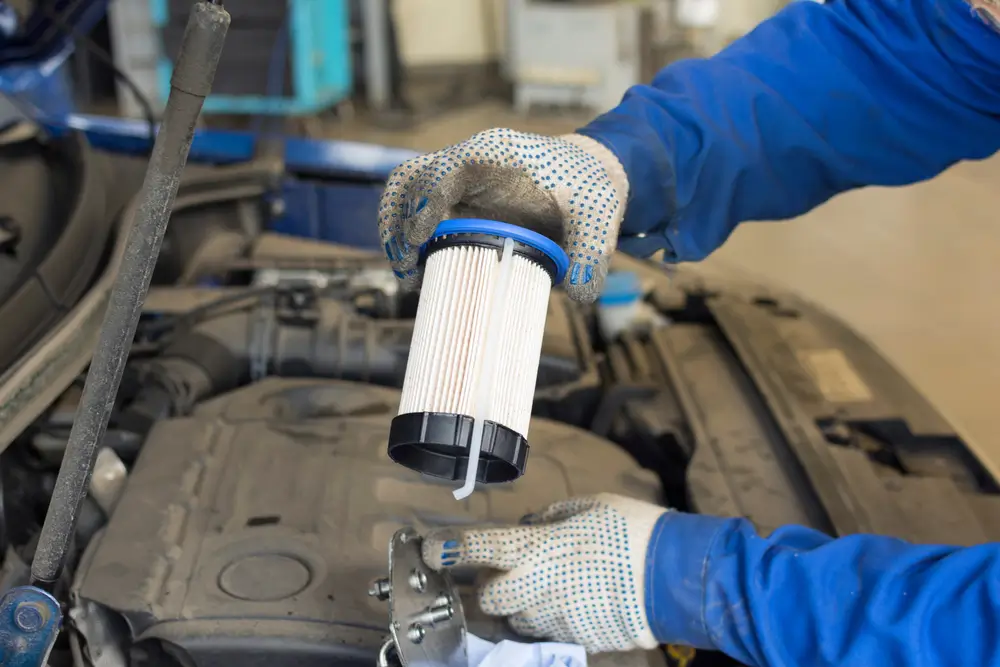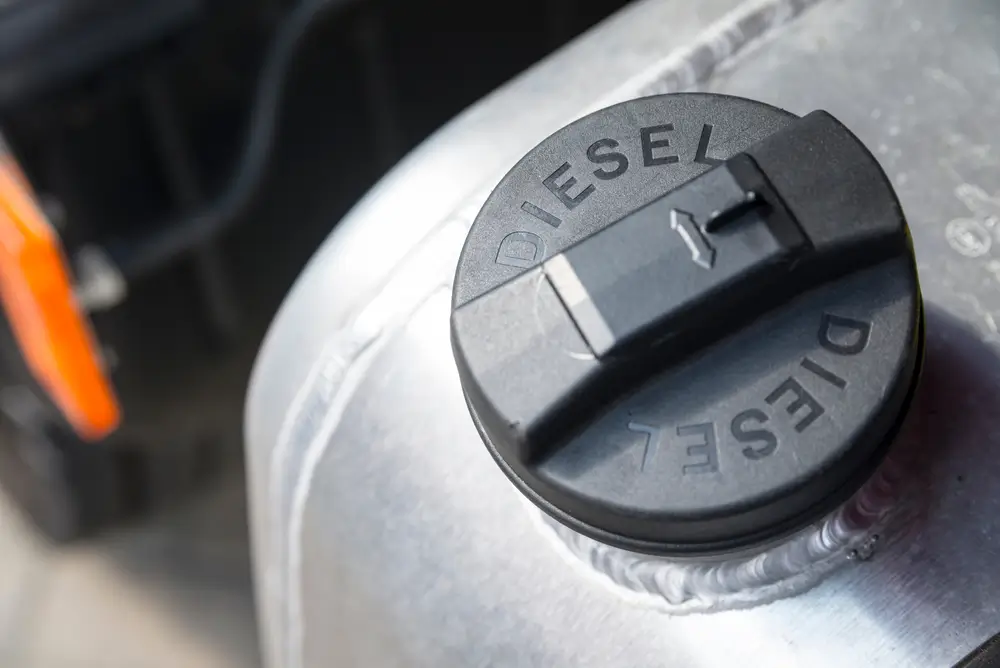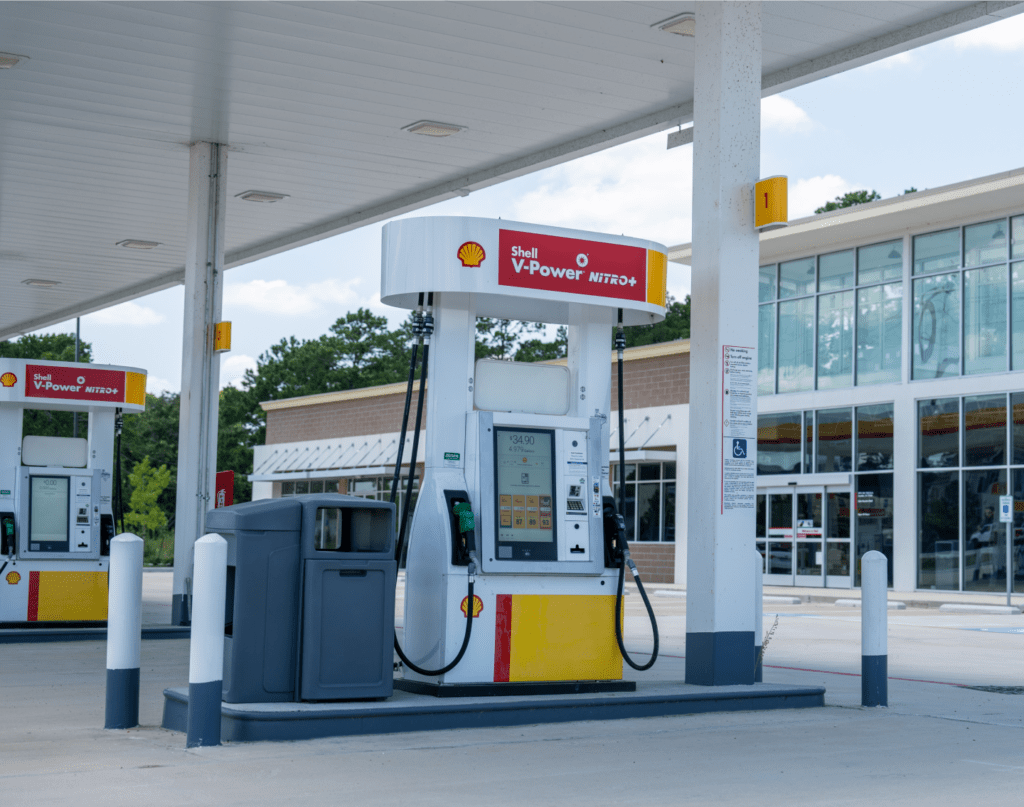
Diesel fuel is the lifeblood of countless industries, powering everything from generators and construction equipment to heavy-duty trucks and agricultural machinery. But a hidden enemy lurks within storage tanks – algae. This microscopic organism can wreak havoc on your fuel, causing clogged filters, engine damage, and performance issues. This comprehensive guide explores diesel fuel algae treatment, helping you identify, eliminate, and prevent this slimy foe.
Diesel fuel itself isn’t a breeding ground for algae. However, when moisture condenses within the tank, it creates the perfect environment for these single-celled organisms to flourish. This is especially true in situations with prolonged storage or fluctuating temperatures.
WHAT CAUSES ALGAE TO GROW IN DIESEL?
Algae growth in diesel fuel is primarily fueled by three factors: water, nutrients, and favorable environmental conditions.
This can be caused by:
1. Moisture
As mentioned earlier, condensation is the main culprit. Even small amounts of water can provide a breeding ground for algae.
2. Temperature Fluctuations
Wide temperature swings encourage condensation, creating pockets of moisture where algae can thrive.
3. Contamination
Dirty fuel tanks, introduced water sources (like rainwater), and organic materials can all contribute to algae growth.
4. Microbial Biofilms
Existing bacteria and fungi in the tank can create a film on which algae easily establishes itself.

SYMPTOMS OF DIESEL ALGAE
Detecting diesel algae contamination can be challenging, as the symptoms often mimic other fuel-related issues. Early detection is key to preventing serious damage.
Here are some signs of algae infestation:
Clogged Fuel Filters
Frequent replacement of clogged filters is a telltale sign of algae growth. The slimy organisms get trapped in the filter, restricting fuel flow.
Reduced Engine Power
Clogged filters and contaminated fuel lead to inefficient engine performance, noticeable as a lack of power and acceleration.
Increased Engine Wear
Contaminated fuel can cause internal engine wear and tear, leading to expensive repairs down the line.
Visible Sludge
In severe cases, you might see a jelly-like, green or brown sludge present in the fuel tank.
HOW TO TEST ALGAE IN DIESEL
Testing for algae in diesel fuel typically involves visual inspection, sediment examination, and microbial analysis.
Here’s a more detailed breakdown of the two methods mentioned:
1. Visual Inspection
- Advantages: Simple, quick, and doesn’t require any special equipment.
- Limitations
- Limited visibility: You can only see what’s on the dipstick, which might not represent the entire tank’s condition.
- Early infestations: Might be difficult to spot small amounts of algae, especially if they haven’t formed visible sludge yet.
- Color variation: Not all algae are green or brown. Some strains can have a reddish or even black color, making them easily mistaken for other contaminants.
2. Fuel Testing Kit
- Advantages
- Accuracy: These kits provide a more precise way to detect and measure the level of algae contamination.
- Early detection: Many kits can identify even small amounts of algae, allowing you to take action before problems arise.
- User-friendly: Most kits are designed for easy use, even for those without extensive technical knowledge.
- Limitations
- Cost: There’s a cost associated with purchasing the testing kit.
- Interpretation: Some kits might require some training or guidance to interpret the results accurately.
Choosing the Right Method
Visual inspection is a good starting point, especially if you suspect an infestation based on symptoms like clogged filters or reduced engine power. If a visual check reveals sludge or you want a more definitive answer, invest in a fuel testing kit.

HOW TO GET RID OF DIESEL ALGAE
To effectively combat diesel algae (algae diesel fuel treatment) and ensure optimal performance of your machinery, it’s crucial to employ targeted strategies for eradication.
If you’ve confirmed the presence of algae, here’s the right diesel fuel treatment for algae:
- Drain Water: Removing any accumulated water at the bottom of your tank is crucial. Most tanks have a drain plug for this purpose. Regularly clean and inspect fuel storage tanks to remove accumulated water and organic matter.
- Fuel Polishing: Professional fuel polishing services use specialized equipment to remove contaminants and algae from your fuel. Implement fuel polishing systems to remove water and contaminants from diesel fuel.
- Diesel Fuel Biocide: Use a biocide, a diesel algae killer, specifically formulated for diesel fuel. These products kill algae and other microbes, but follow the manufacturer’s instructions carefully.
- Replace Fuel Filters: Contaminated filters won’t be salvageable. Change all fuel filters after treatment to ensure clean fuel flow. Install high-quality fuel filters capable of capturing algae and other contaminants.
WHAT IS THE BEST DIESEL FUEL ALGAE TREATMENT?
Determining the best diesel fuel algae treatment depends on various factors such as the severity of contamination, the specific type of algae present, and the desired method of application.
However, biocide treatments are widely recognized as effective solutions for eradicating diesel algae (algae in diesel fuel treatment). Biocides target and destroy microbial contaminants, including algae, ensuring clean and reliable fuel for your machinery. It’s essential to choose a biocide product that is compatible with your fuel system and follow proper application guidelines for optimal results.
WHAT DIESEL ADDITIVE PREVENTS ALGAE?
Several diesel additives boast algae prevention properties. Look for those containing algicides and water dispersants. Biocides, such as algaecides and fungicides, are commonly used additives to prevent algae growth in diesel fuel. These additives disrupt microbial metabolism and inhibit the formation of algae colonies, effectively preserving fuel quality and performance. However, prevention is always better than cure.
HOW TO AVOID DIESEL ALGAE
Preventing diesel algae contamination is essential for maintaining fuel quality and prolonging equipment lifespan. By implementing proactive measures, you can effectively mitigate the risk of diesel algae growth and ensure smooth operations.
Here are some proactive measures to keep your diesel fuel algae-free:
1. Keep Tanks Full
A full tank reduces air space, minimizing condensation. Minimize the airspace in fuel tanks to reduce condensation and water accumulation.
2. Practice FIFO (First-In, First-Out)
Use older fuel first to prevent prolonged storage and algae growth.
3. Proper Tank Ventilation
Ensure adequate tank ventilation to prevent moisture buildup and maintain optimal environmental conditions.
4. Regular Tank Cleaning
Schedule periodic professional cleaning of your fuel tanks to remove any contaminants and prevent future infestations.
5. Use High-Quality Fuel
Regularly test fuel quality and conduct microbial analyses to detect contamination early. Choose reputable fuel suppliers, such as ABC MARTS, and monitor fuel storage conditions to minimize the risk of contamination.
6. Temperature Control
Maintain fuel storage temperatures below the threshold favorable for algae growth.

SAFEGUARDING FUEL QUALITY WITH EFFECTIVE DIESEL ALGAE TREATMENT
In the battle against diesel algae, proactive measures are key to preserving fuel quality and equipment performance. By understanding the causes, symptoms, and testing methods of diesel algae contamination, industry professionals can implement targeted strategies for prevention and treatment. Remember, vigilance and timely intervention are paramount in ensuring smooth operations and prolonging the lifespan of valuable machinery.
For reliable fuel distribution services in Texas, trust ABC MARTS to deliver top-quality products and expert solutions tailored to your needs. They can also advise on best practices for fuel storage and algae prevention, keeping your equipment running trouble-free. Contact them today!

